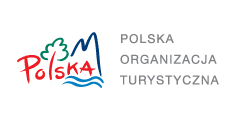Winter experiences in Poland
Ski in Poland in winter
Zakopane in the Tatra Mountains, widely known as the „Winter Capital of Poland,” attracts with its superb alpine skiing, cross-country skiing, snowboarding, and ski jumping opportunities. Other major Polish ski resorts include Białka Tatrzańska, Karpacz, and Szczyrk, where Polish Winter Olympics athletes train, also welcome skiers with their limitless possibilities for enjoying winter activities.
The fun offerings during winter in Poland aren’t just limited to Zakopane or Szczyrk. Karpacz in the Sudety Mountains attracts several snowboarding competitions. Many winter resorts offer sports such as winter kayaking and dog sledding. There are trails for cross-country skiing throughout much of Poland, with the foot of the Tatras being a hotspot for this type of skiing. Serious skiers and snowboarders on a budget are often drawn to these areas, which provide excellent value for the money.
The lakes in the Mazury region make Poland so attractive in the summer transform into the perfect stages for ice boating and ice skating during Polish winters. Ice fishing is another option, and more daring tourists might want to try diving under the ice, where visibility can reach up to 40 feet in the winter.
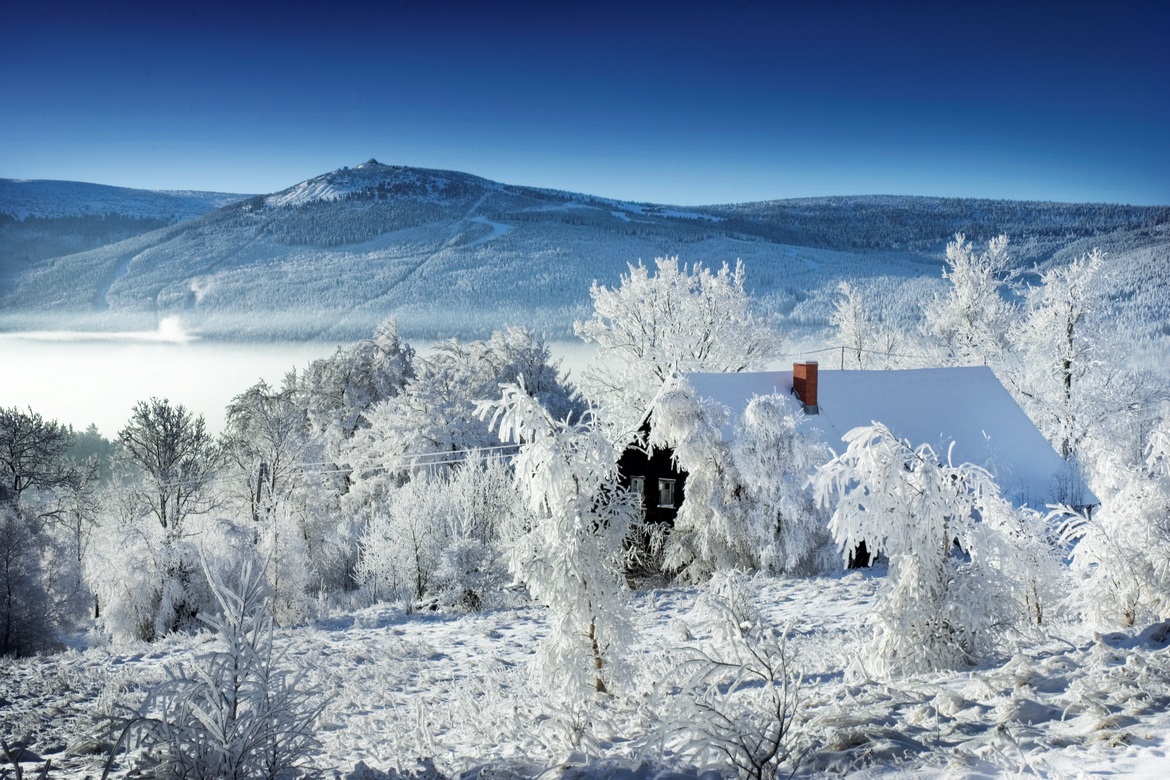
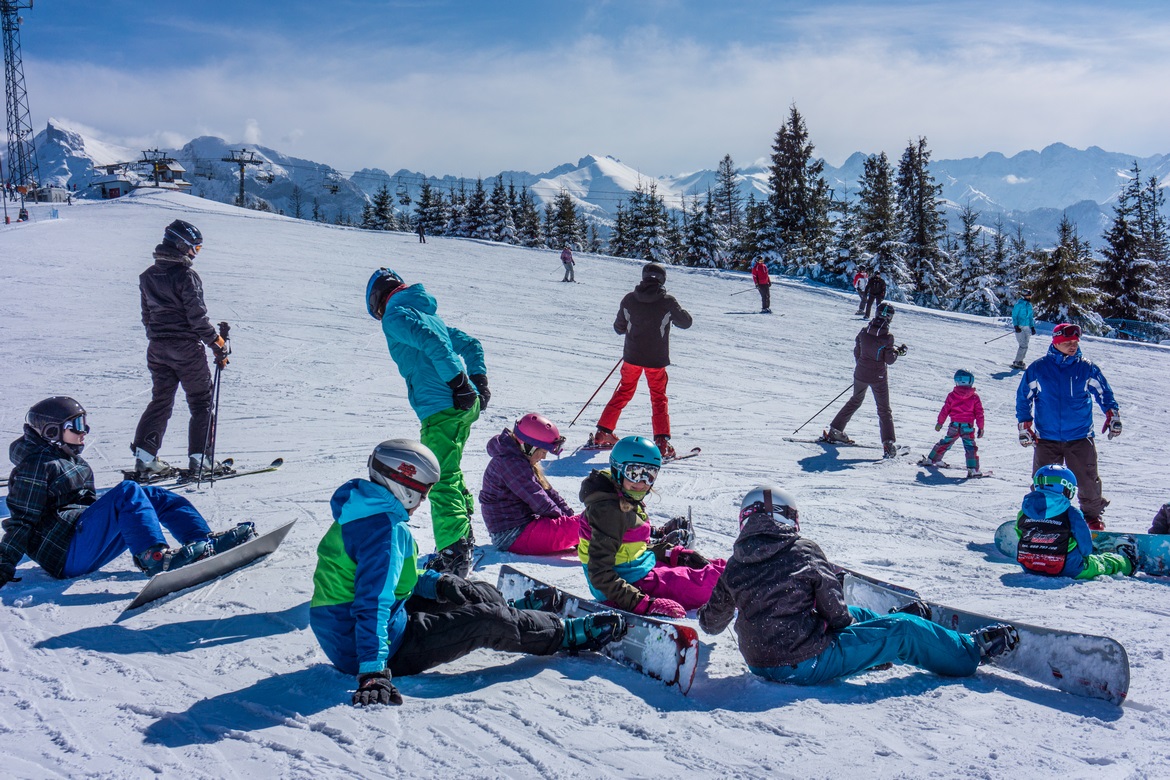
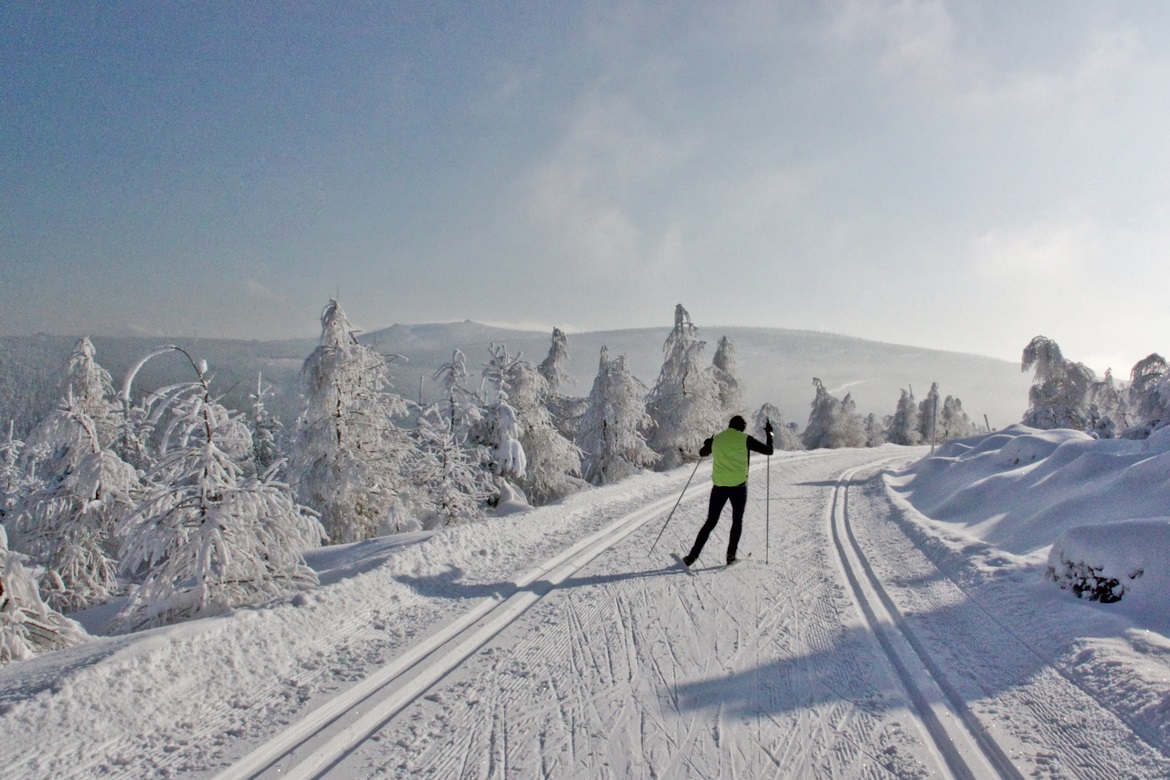
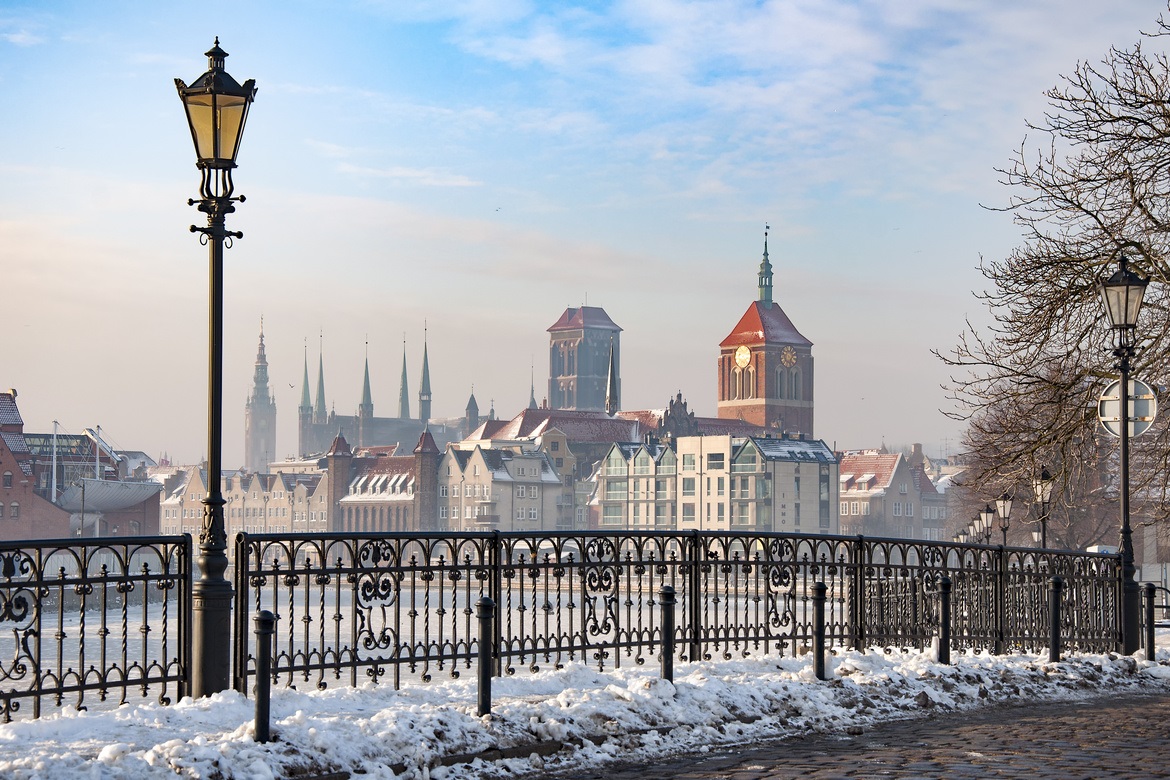
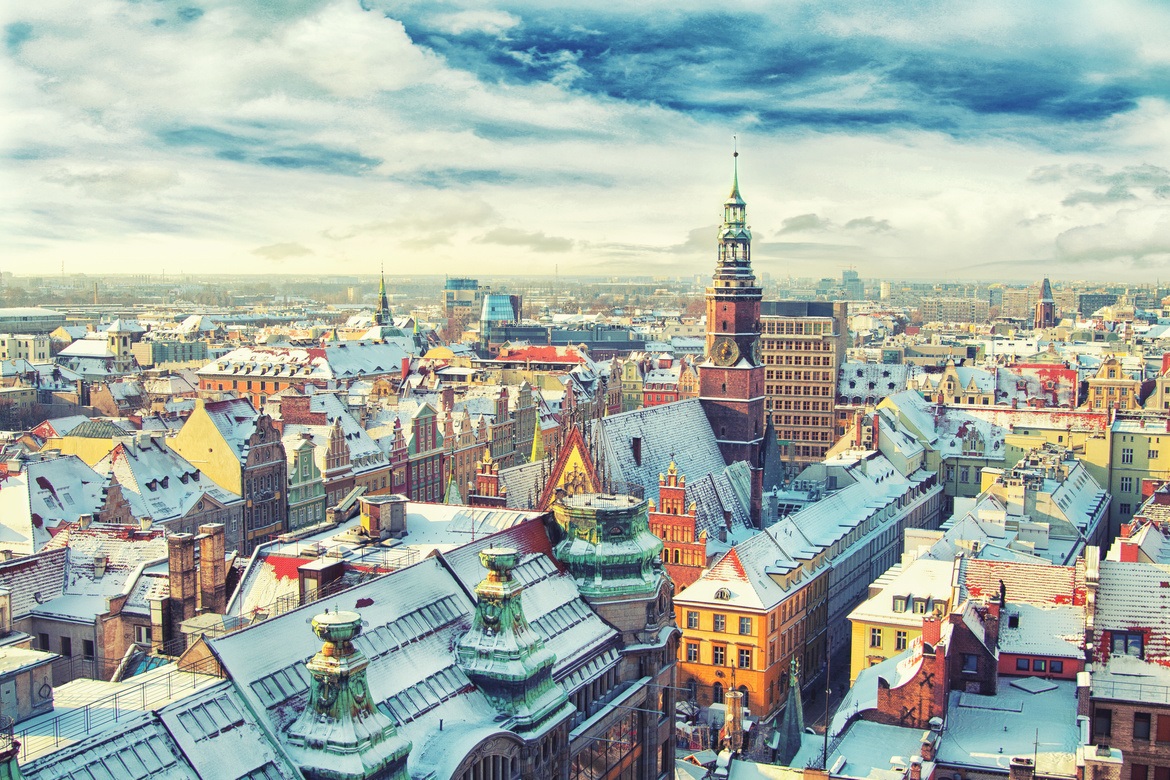
Poland’s national parks take on a fairytale-like quality when blanketed in the winter snow. Tourists can bundle up and use the animal tracks in the snow to increase their odds of spotting some unique wildlife inhabiting places such as the storied Białowieża Forest and Biebrza National Park. The beautiful Polish cliff coast at Woliński National Park is the perfect backdrop for a leisurely wintertime stroll.
Christmas markets
Throughout December, cities celebrate the Christmas holiday with open-air markets and live entertainment. The largest and best known of these holiday fairs is in Kraków’s Market Square, but visitors will also find Christmas markets in Warsaw, Wrocław, and Toruń.
For winter travelers, the high point of any journey to Kraków will be a trip to the Christmas market. Visitors will be able to purchase unique local handicrafts and gifts like crocheted lace, Łemko glass bead collars, and hand-woven baskets. Travelers will also have the opportunity to sample traditional Polish delicacies like pierogi, cabbage rolls, and hearty soups.
The Main Market Square in Kraków hosts a nativity scene exhibition and contest every year near the Adam Mickiewicz monument. These nativity scenes are wildly creative and often incorporate Kraków landmarks and whimsical puppets into their design. Judging takes place in early December, and winners are put on display at the city’s Historical Museum.
Warsaw is one of the top places to spend the winter in Poland. Although the underground cellars serving great food and drinks are a big hit in chilly weather, there are also plenty of ways to stay active thanks to several ice-skating rinks in the city. One of the top spots to skate is Old Town Rink, an outdoor rink where visitors can enjoy a hot drink and admire the famous Warsaw Mermaid Statue as they circle the park.
Like Warsaw, much of Wrocław was severely damaged during World War II. However, the city has been rebuilt and restored so that the 16th- and 17th-century houses lining the central square are once again architectural showpieces. This is the site of Wroclaw’s Christmas market, open between mid-November through December. Wroclaw is relatively close to Poland’s western border, so this Christmas market has a distinctly international feel with German and Czech delicacies alongside traditional Polish specialties like grzaniec, or mulled wine.
Visiting Toruń’s celebrated Stare Miasto, or Old Quarter, is like traveling backward in time. In the Middle Ages, this city on the Vistula River’s shores, ruled by the Teutonic Knights, was a popular stopover for Crusaders on their way to the Holy Lands. Old Torun’s Gothic architecture is remarkably well preserved, that UNESCO has honored it by naming it a World Heritage Site.
Among its many red brick structures are the Ratusz Staromiejski, or Old Town Hall; the Toruń Cathedral, dedicated to St. John the Baptist and St. John the Evangelist; and the remains of the medieval fortifications that once encircled the city.
Toruń is particularly famous for pierniki toruńskie, a gingerbread recipe that has been made since the Middle Ages. The gingerbread is baked in traditional wooden molds embossed with illustrations from life-like knights in armor and horse-drawn carts. One of the best places to buy this treat is at the city’s Christmas Fair.
The area around Toruń is also known for its health spas and mineral waters. Ciechocinek, just 12 miles outside the city, is known for its saline mineral springs and 19th-century saline graduation towers.
Poland is enjoying a steep rise in visitors, and one of the big reasons for the growing popularity is the country’s vast appeal. Tourists looking for history, architecture, culture, health and beauty, gastronomy, nature, or sports will have no trouble forming a well-rounded vacation within the country’s borders.
Read more: Winter in Poland? Not only in the mountains!

